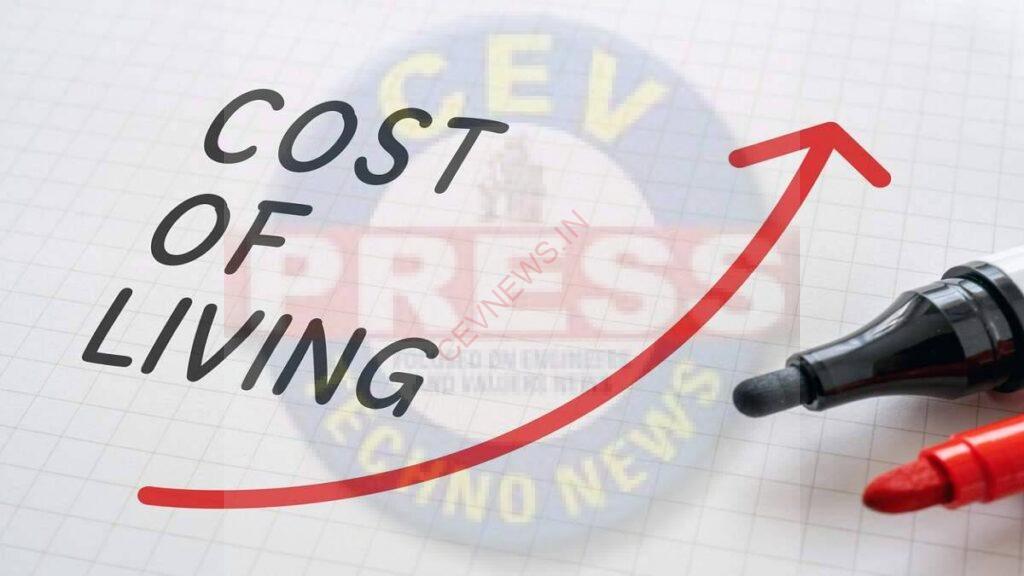COST OF LIVING VS. REMUNERATION: THE INDIAN URBAN EXPERIENCE
Cost of Living vs. Remuneration: The Indian Urban Experience
The dynamic between the cost of living and remuneration in urban India is a critical aspect that influences the quality of life, economic stability, and overall well-being of individuals. This article delves into the various facets of this dynamic, providing insights into the challenges and trends observed in Indian urban centers.
Understanding the Cost of Living in Urban India
The cost of living in urban India encompasses various expenses that individuals must incur to maintain a certain standard of living. Key components include:
1. Housing Costs
Housing is a significant expense in urban areas, with prices varying widely based on location, size, and amenities. Metropolitan cities like Mumbai, Delhi, and Bangalore often see exorbitant rents and property prices, making housing affordability a pressing issue.
2. Transportation Expenses
Urban transportation costs include public transport fares, fuel prices, and vehicle maintenance. The efficiency and cost of public transport systems can significantly affect overall living expenses.
3. Food and Groceries
The cost of food and groceries is another critical component, influenced by factors like inflation, supply chain disruptions, and regional price variations.
4. Healthcare Costs
Access to quality healthcare is essential, but it comes at a price. Urban residents often face higher healthcare costs, which can strain their finances, especially in the absence of comprehensive health insurance.
5. Education Expenses
For families, education expenses constitute a significant portion of the cost of living. Private schooling, coaching classes, and higher education fees can be substantial.
6. Utilities and Miscellaneous Costs
Utilities such as electricity, water, internet, and other miscellaneous expenses like entertainment and personal care also contribute to the overall cost of living.
Analyzing Remuneration Trends in Urban India
Remuneration in urban India varies across sectors, industries, and job roles. Key trends include:
1. Sector-Specific Salaries
Different sectors offer varying remuneration packages. IT and tech industries, for instance, tend to offer higher salaries compared to sectors like retail or hospitality.
2. Experience and Skill Levels
Remuneration is also influenced by an individual’s experience, education, and skill levels. Professionals with specialized skills or advanced degrees generally command higher salaries.
3. Gender Pay Gap
Despite progress, a gender pay gap persists in many industries, affecting overall remuneration for female workers in urban areas.
4. Geographic Variations
Salaries can vary significantly between cities. For example, Mumbai and Delhi might offer higher remuneration compared to smaller urban centers due to the higher cost of living and competitive job markets.
Challenges and Discrepancies
1. Inflation and Purchasing Power
Rising inflation often outpaces salary increments, reducing purchasing power and making it challenging for urban residents to maintain their standard of living.
2. Disparities in Income Distribution
There is a noticeable disparity in income distribution, with a significant portion of the population earning substantially less than the high-income earners, exacerbating economic inequalities.
3. Impact of Economic Slowdowns
Economic downturns and market instability can lead to salary cuts, job losses, and reduced employment opportunities, affecting the overall remuneration landscape.
Strategies for Balancing Cost of Living and Remuneration
1. Financial Planning and Budgeting
Effective financial planning and budgeting can help individuals manage their expenses better and save for future needs.
2. Investment in Skill Development
Continuous learning and skill development can enhance employability and open up opportunities for higher-paying jobs.
3. Advocacy for Fair Pay
Employees can advocate for fair pay practices and seek transparency in salary structures within their organizations.
4. Government Policies and Support
Government initiatives and policies aimed at controlling inflation, providing affordable housing, and ensuring equitable pay can play a crucial role in balancing the cost of living and remuneration.
The interplay between the cost of living and remuneration in urban India is complex and multifaceted. Addressing the challenges requires a concerted effort from individuals, employers, and policymakers. By understanding the nuances and implementing strategic measures, it is possible to create a more balanced and sustainable economic environment for urban residents in India.


